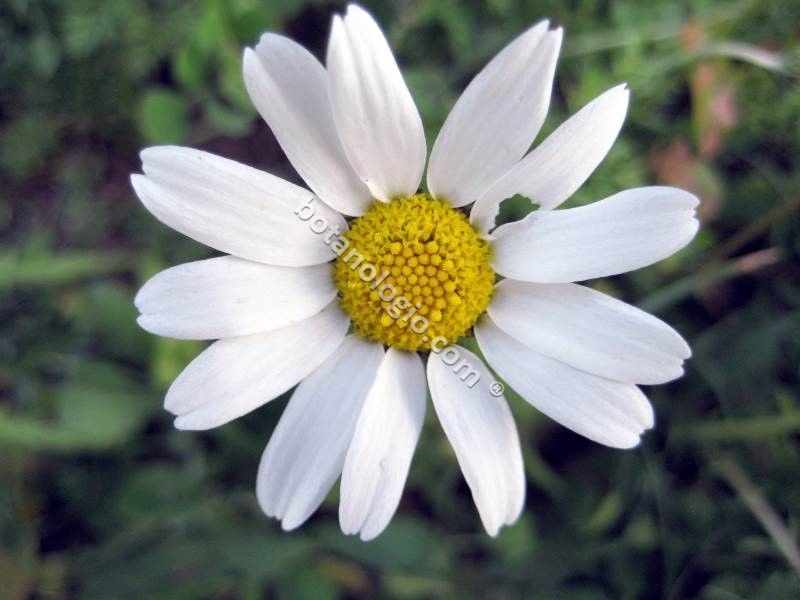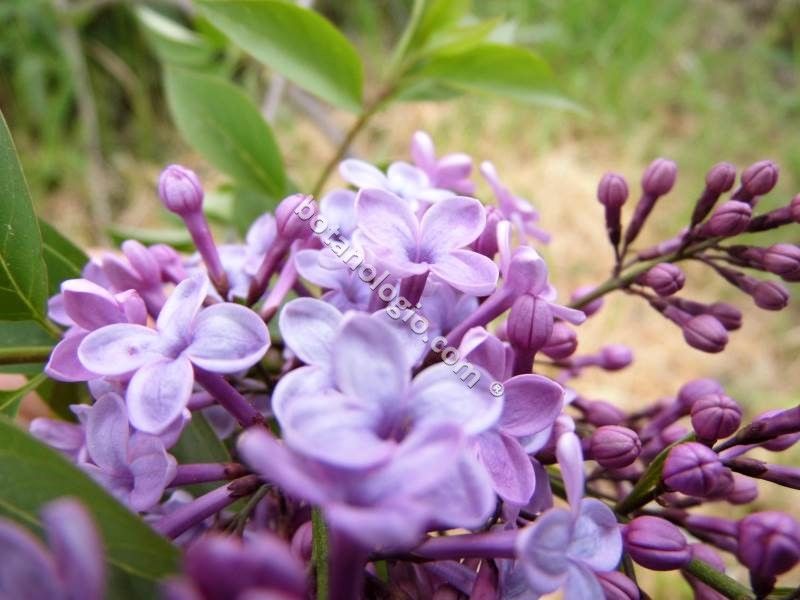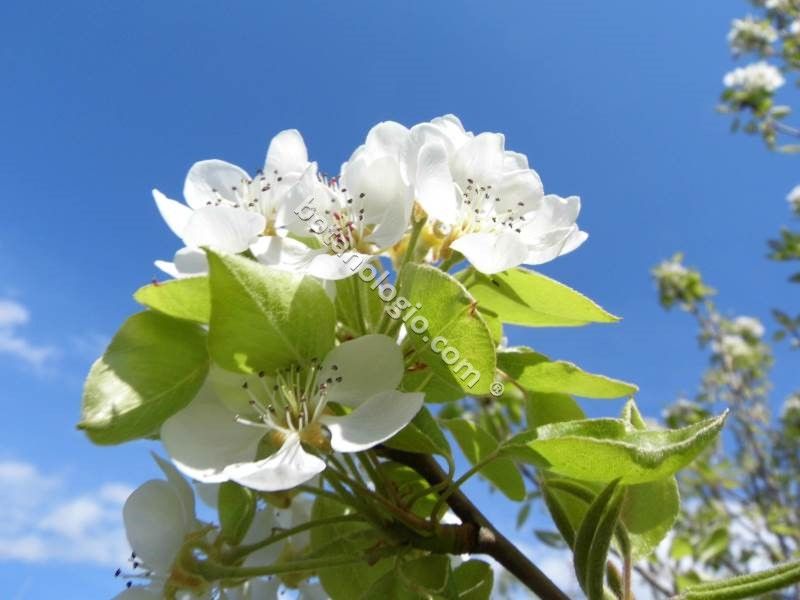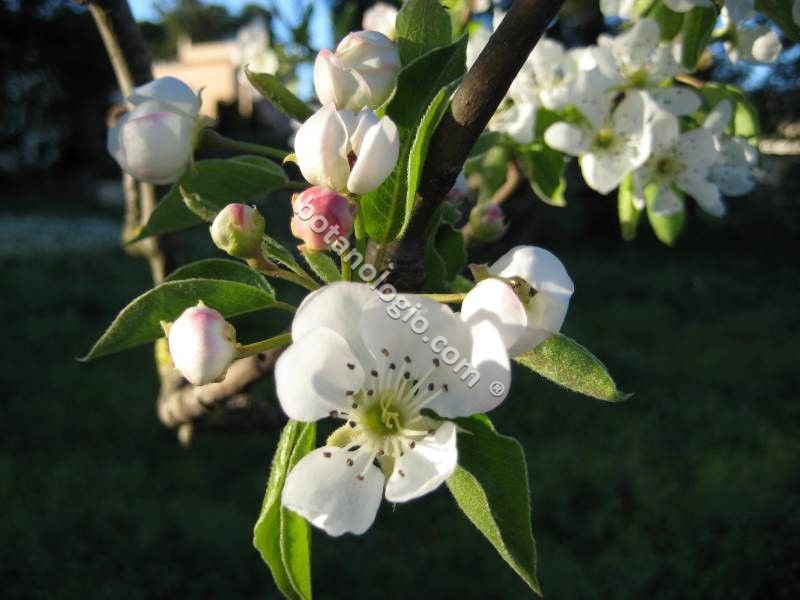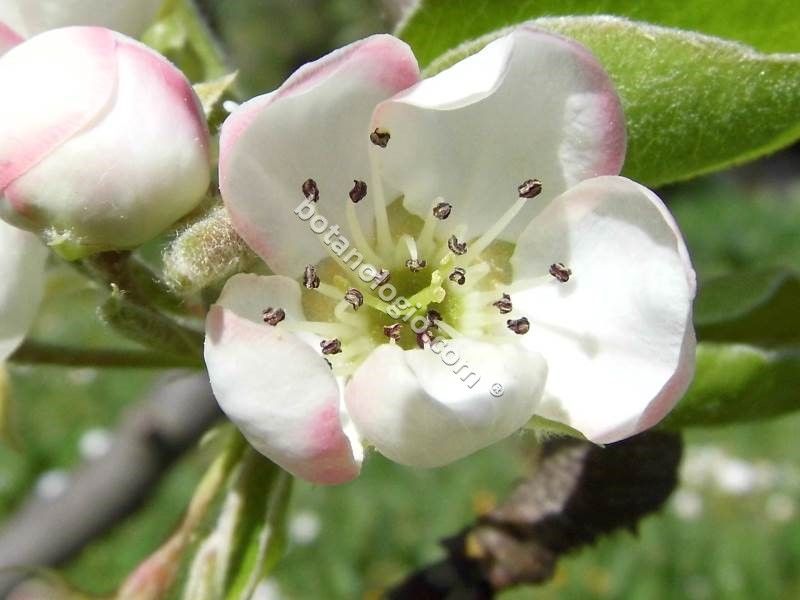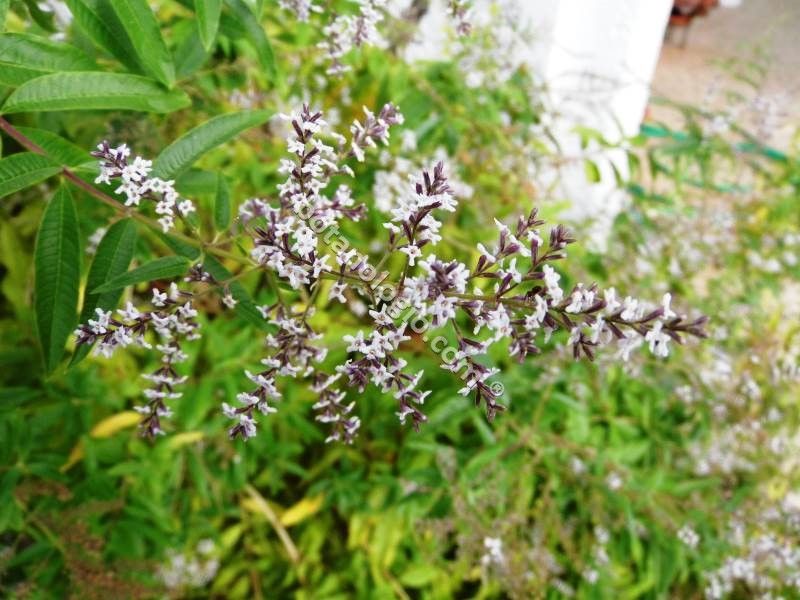Cumin, collection and nutritional value

Cumin is one of the native herbs of southern Europe and Egypt, with close relative the wild cumin (carum carvi). Both species have similar beneficial properties and bloom in late spring to give us their seeds in summer.
Cumin is known as a spice with applications in cooking and confectionery, while it has a strong aroma and spicy taste. It is an annual herb, small in size, as it reaches only 30 cm, while its flowers are pink or white in bunches.
Cumin seeds are elongated and ribbed and contain, among other things, flavonoids, tannins, magnesium, sodium, high levels of calcium and essential oil. The iron content is important while equally important is the calcium it offers to the body, covering almost daily needs, up to 90%.
Cumin is often confused with distant relatives such as black cumin, also known as nigella, except that the properties, cultivation and appearance are very different.
Read more about the healing properties of cumin and the cosmetic uses of cumin!
